Refusal from Ukrainian missiles makes Sea Launch pointless
The story of Sea Launch is a good reminder that wonders should not be expected in the post-Soviet space.
Theory of relativity
Today we will talk about one very sad story, which, however, seems to have reached its end. Leaving the trough of Ukrainian rocket builders as well as the private Russian company S7 Space, which was rightly called "the last hope of the domestic space industry." This, as you probably already guessed, will be about the Sea Launch floating spaceport, as well as the Soviet (and then Ukrainian) Zenit rocket. Now both of them can be called history.
But first, a few words about what the Sea Launch is and why it is needed. Initially, the cosmodrome was a joint project of the American company Boeing, the Russian RSC Energia and a number of other organizations. The idea was to bring the rocket to the equator by sea, where are the best conditions for launch, since it is possible to make the best use of the Earth's rotation speed. Napoleonic plans to reduce the cost of space launches faced a harsh reality: delivering rockets was expensive, servicing the spaceport was difficult, and the reliability of launches was lame. As a result: a modest 36 launches from 1999 to 2014. Of these, three are unsuccessful, and one is partially successful. For comparison, China in just one 2018 year made a total of 39 space launches. USA - 31.
Rescue "Group"
Not surprisingly, the parties soon lost interest in the project, and then the media leaked data about an unnamed investor who wants to buy out a spaceport. Later it will become known that it turned out to be the Russian company S7 Group, headed by Vladislavov Filev and recently tragically killed Natalia Fileva. In April last year, the S7 group of companies closed a deal to purchase the Sea Launch property complex, the subject of which was the Sea Launch Commander, Odyssey platform, ground equipment in the base port of Long Beach (USA) and the Sea Launch trademark.
Almost immediately, the media began to call Filev “Russian Ilon Mask,” although, in fairness, he did not talk about reusability. It will be later. The problem was that the cosmodrome could use only the Ukrainian Zenit rocket, which was assembled at Yuzhmash. Mostly from Russian components, including RD-171 engines. Earlier, from the Sea Launch, such missiles were launched: Zenit-2, Zenit-3SL, Zenit-2SLБ, Zenit-3SLБ, Zenit-3SLБФ. The names are different, but in fact the same thing with some modifications. The cosmodrome is simply not designed for another rocket, and the cost of remaking under a different carrier may be such that it will be easier to build another floating platform.
The X-hour came when the new owner of Sea Launch decided to buy twelve new Zenit carriers from Yuzhmash for future launches. With the possible resumption of rocket launches from a floating spaceport in 2019-2020. The parties reached an agreement, but soon something went wrong. In March, Russian media wrote that S7 Space refused to purchase Ukrainian rockets. Then, in the Ukrainian "Yuzhmash" hastened to refute new information.
- They said at the enterprise, but in S7 Space and Roscosmos could not say anything specific.
However, even then it was clear that the noise arose for a reason. “We are going to,” commented Natalia Fileva, co-owner of S7 Space, later commenting on the refusal of the contract. There were no specific deadlines, just like plans for the future for Sea Launch.
Kick below sea level
The chances of finding a replacement for Zenit are very small. Recall that previously it was planned to use Ukrainian missiles only at the first stage of resuming launches with Sea Launch, and the real success was to be associated with the promising Soyuz-5 rocket, also known as the Irtysh. But this is nothing more than a beautiful (or cunning?) Convention. The fact is that there is no Soyuz-5, and the timing of its appearance is more than vague.
However, it is worth recalling what kind of rocket it is. In short, the Irtysh should become the Russian analogue of Zenith, which will partially inherit some of the technical solutions of the previously canceled Rus project. To put it even more briefly, this is a replacement for Soviet missiles of the Soyuz series — already very old. It began to be created around 2015, and the start of flight tests was planned for 2024. However, as we noted above, there is no guarantee that this will be true. The situation with the Angara rocket, which began to be developed in the first half of the 90s, and the rocket made its first flight only in 2014, can best illustrate the situation. That is, roughly speaking, 20 years after the start of development.
The situation in the rocket and space industry of the Russian Federation since then has not only not improved, but has worsened in many ways. Experienced cadres aged, worn out materiallytechnical base, many young specialists went abroad.
It is difficult to imagine what will happen to the Sea Launch by the time the flight tests of the new Soyuz begin. The answer to the question seems to be known by the head of the space department.
- Dmitry Rogozin noted earlier, commenting on the prospects of Soyuz-5 as part of its launches from a floating spaceport.
Perhaps this is a rare case when you can agree with Rogozin. It is very difficult to imagine that someone will support the entire marine infrastructure in full readiness, patiently waiting for the carrier to be ready for the first launch. But the rocket will also need to be integrated into the Sea Launch and a series of tests will be conducted that will show that the carrier can cope with the tasks at least in the same way that Zenit did.
To summarize. It is unfortunate that the most ambitious Russian private space project seems to have ended in nothing. Going into the reasons for this is very difficult, but the main one can be noted. It is completely clear that full-fledged Russian-Ukrainian cooperation in high-tech industries is almost impossible today due to political reasons. This is a huge problem for Sea Launch.
For Ukrainian rocket scientists, the S7’s abandonment of the Zenit was also a heavy blow, which they most likely will not be able to recover from. It will not be possible to find other customers in conditions of very high competition on the world market, and Ukraine will not succeed in creating its own cosmodromes due to financial constraints.
At the same time, the Ukrainian authorities, most likely, breathed a sigh of relief after news on termination of the contract. For them, one more lever of Russia's possible influence is a thing of the past. But even more importantly, Ukraine is simply tired of carrying a “suitcase without a handle” in the face of Soviet missile-building enterprises: there was no and no money for their full-fledged work. And in the future it will not be either. In general, the semi-comic phrase “agrarian superpower” perfectly shows the course that the country has taken. Most likely, there is no longer any place for rocket science in it.
Theory of relativity
Today we will talk about one very sad story, which, however, seems to have reached its end. Leaving the trough of Ukrainian rocket builders as well as the private Russian company S7 Space, which was rightly called "the last hope of the domestic space industry." This, as you probably already guessed, will be about the Sea Launch floating spaceport, as well as the Soviet (and then Ukrainian) Zenit rocket. Now both of them can be called history.
But first, a few words about what the Sea Launch is and why it is needed. Initially, the cosmodrome was a joint project of the American company Boeing, the Russian RSC Energia and a number of other organizations. The idea was to bring the rocket to the equator by sea, where are the best conditions for launch, since it is possible to make the best use of the Earth's rotation speed. Napoleonic plans to reduce the cost of space launches faced a harsh reality: delivering rockets was expensive, servicing the spaceport was difficult, and the reliability of launches was lame. As a result: a modest 36 launches from 1999 to 2014. Of these, three are unsuccessful, and one is partially successful. For comparison, China in just one 2018 year made a total of 39 space launches. USA - 31.
Rescue "Group"
Not surprisingly, the parties soon lost interest in the project, and then the media leaked data about an unnamed investor who wants to buy out a spaceport. Later it will become known that it turned out to be the Russian company S7 Group, headed by Vladislavov Filev and recently tragically killed Natalia Fileva. In April last year, the S7 group of companies closed a deal to purchase the Sea Launch property complex, the subject of which was the Sea Launch Commander, Odyssey platform, ground equipment in the base port of Long Beach (USA) and the Sea Launch trademark.
Almost immediately, the media began to call Filev “Russian Ilon Mask,” although, in fairness, he did not talk about reusability. It will be later. The problem was that the cosmodrome could use only the Ukrainian Zenit rocket, which was assembled at Yuzhmash. Mostly from Russian components, including RD-171 engines. Earlier, from the Sea Launch, such missiles were launched: Zenit-2, Zenit-3SL, Zenit-2SLБ, Zenit-3SLБ, Zenit-3SLБФ. The names are different, but in fact the same thing with some modifications. The cosmodrome is simply not designed for another rocket, and the cost of remaking under a different carrier may be such that it will be easier to build another floating platform.
The X-hour came when the new owner of Sea Launch decided to buy twelve new Zenit carriers from Yuzhmash for future launches. With the possible resumption of rocket launches from a floating spaceport in 2019-2020. The parties reached an agreement, but soon something went wrong. In March, Russian media wrote that S7 Space refused to purchase Ukrainian rockets. Then, in the Ukrainian "Yuzhmash" hastened to refute new information.
Currently, Yuzhmash has no official communications from the customer regarding the alleged termination of the contract. For its part, Yuzhmash does not intend to initiate this issue,
- They said at the enterprise, but in S7 Space and Roscosmos could not say anything specific.
However, even then it was clear that the noise arose for a reason. “We are going to,” commented Natalia Fileva, co-owner of S7 Space, later commenting on the refusal of the contract. There were no specific deadlines, just like plans for the future for Sea Launch.
Kick below sea level
The chances of finding a replacement for Zenit are very small. Recall that previously it was planned to use Ukrainian missiles only at the first stage of resuming launches with Sea Launch, and the real success was to be associated with the promising Soyuz-5 rocket, also known as the Irtysh. But this is nothing more than a beautiful (or cunning?) Convention. The fact is that there is no Soyuz-5, and the timing of its appearance is more than vague.
However, it is worth recalling what kind of rocket it is. In short, the Irtysh should become the Russian analogue of Zenith, which will partially inherit some of the technical solutions of the previously canceled Rus project. To put it even more briefly, this is a replacement for Soviet missiles of the Soyuz series — already very old. It began to be created around 2015, and the start of flight tests was planned for 2024. However, as we noted above, there is no guarantee that this will be true. The situation with the Angara rocket, which began to be developed in the first half of the 90s, and the rocket made its first flight only in 2014, can best illustrate the situation. That is, roughly speaking, 20 years after the start of development.
The situation in the rocket and space industry of the Russian Federation since then has not only not improved, but has worsened in many ways. Experienced cadres aged, worn out materiallytechnical base, many young specialists went abroad.
It is difficult to imagine what will happen to the Sea Launch by the time the flight tests of the new Soyuz begin. The answer to the question seems to be known by the head of the space department.
Sea Launch has its own resource. While we are developing a rocket, the Sea Launch resource will be eaten up, so there is no such task,
- Dmitry Rogozin noted earlier, commenting on the prospects of Soyuz-5 as part of its launches from a floating spaceport.
Perhaps this is a rare case when you can agree with Rogozin. It is very difficult to imagine that someone will support the entire marine infrastructure in full readiness, patiently waiting for the carrier to be ready for the first launch. But the rocket will also need to be integrated into the Sea Launch and a series of tests will be conducted that will show that the carrier can cope with the tasks at least in the same way that Zenit did.
To summarize. It is unfortunate that the most ambitious Russian private space project seems to have ended in nothing. Going into the reasons for this is very difficult, but the main one can be noted. It is completely clear that full-fledged Russian-Ukrainian cooperation in high-tech industries is almost impossible today due to political reasons. This is a huge problem for Sea Launch.
For Ukrainian rocket scientists, the S7’s abandonment of the Zenit was also a heavy blow, which they most likely will not be able to recover from. It will not be possible to find other customers in conditions of very high competition on the world market, and Ukraine will not succeed in creating its own cosmodromes due to financial constraints.
At the same time, the Ukrainian authorities, most likely, breathed a sigh of relief after news on termination of the contract. For them, one more lever of Russia's possible influence is a thing of the past. But even more importantly, Ukraine is simply tired of carrying a “suitcase without a handle” in the face of Soviet missile-building enterprises: there was no and no money for their full-fledged work. And in the future it will not be either. In general, the semi-comic phrase “agrarian superpower” perfectly shows the course that the country has taken. Most likely, there is no longer any place for rocket science in it.
- Ilya Legat
- https://defence.ru
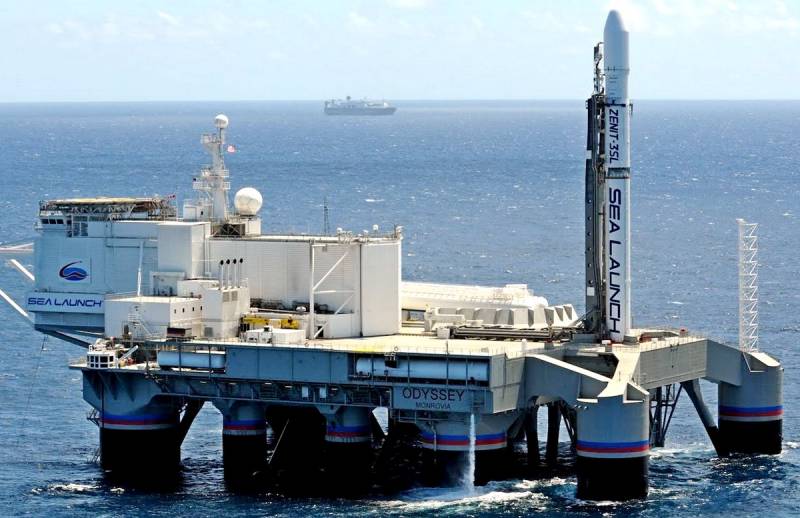
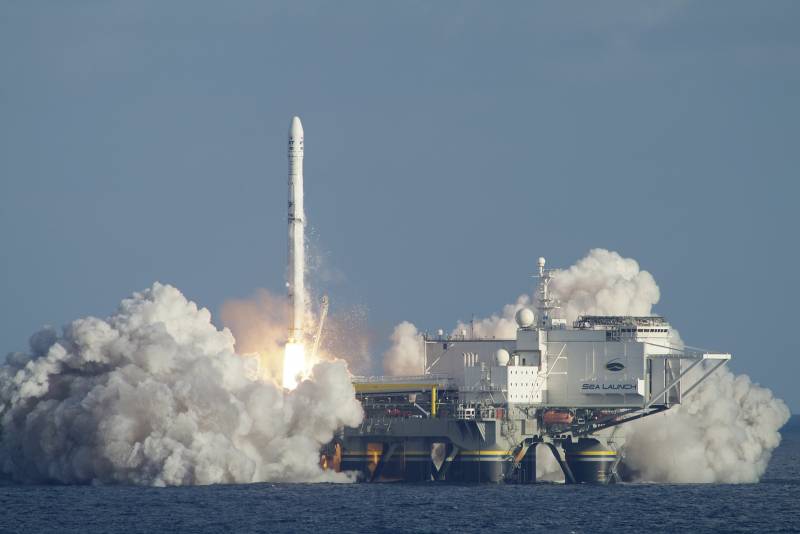
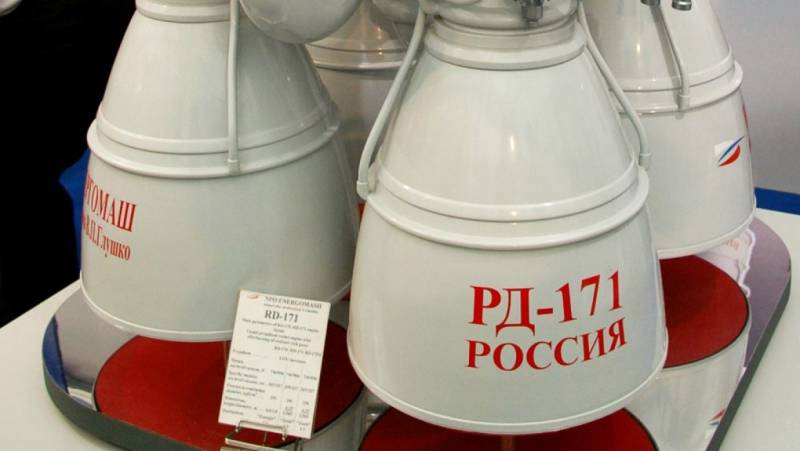
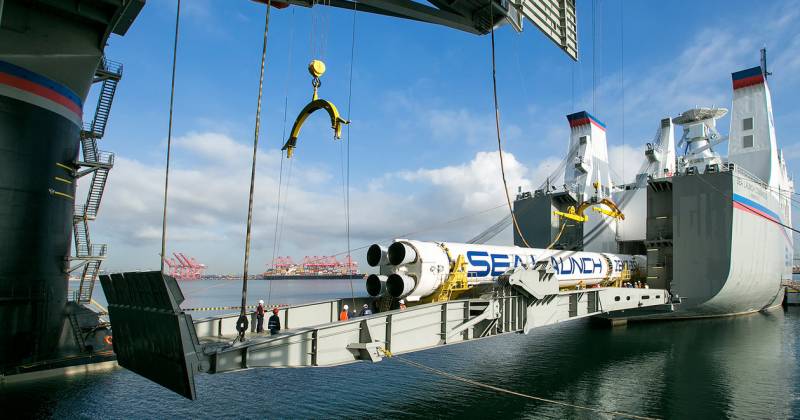
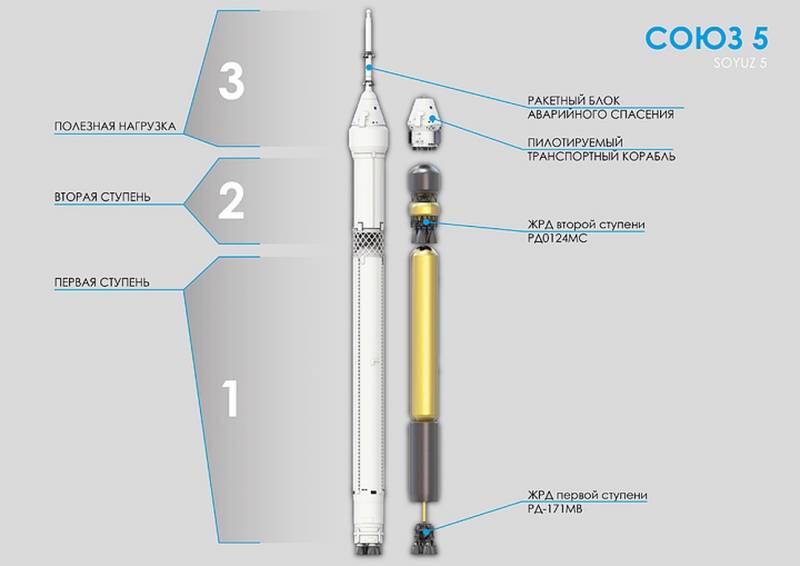
Information